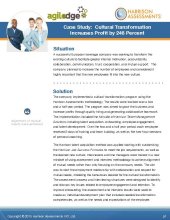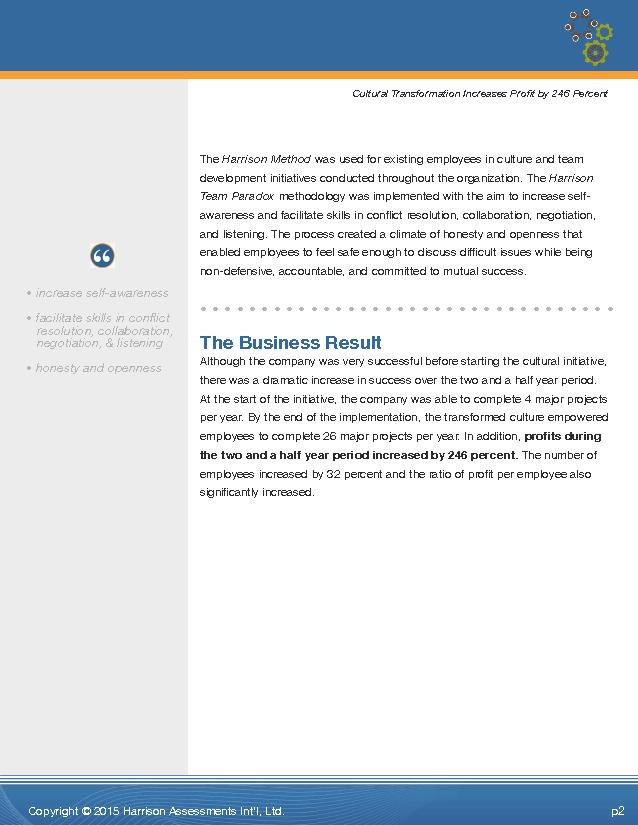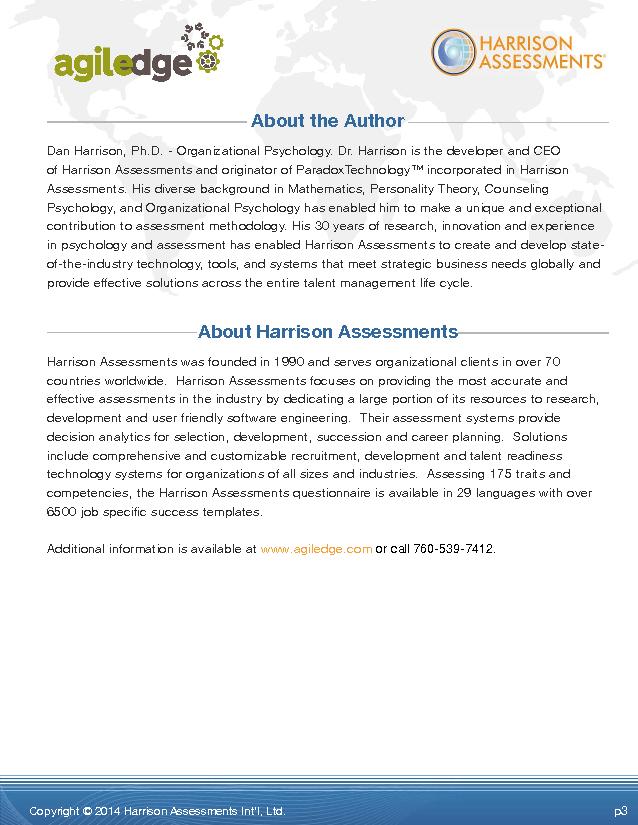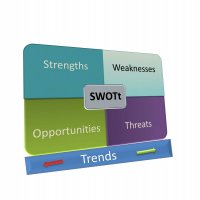The Harrison Assessment reveals insights on what drives behaviors and how we typically act under normal stress and under extreme stress. It also reveals how likely we are to see certain "strong" behaviors or imbalances. During the debrief process and even more so, in executive team building sessions using these tools, we've continually learn lessons in how to improve and sustain a high performing team.
Another lesson learned… Communication tendencies and what causes them are typically misunderstood which causes conflict , avoidance behaviors and an inability to work as a team. When I discussed this individually with executives, I often get a recoiled response as if to say this is elementary, but after they think about, they realize perhaps their reaction is a bit elementary if not inaccurate. Let me illustrate what I mean through an example.
Scenario: Two VPs having to work together and typically doing so with great difficulty and much less than they should. One is naturally a very blunt individual but strong interpersonal skills to mitigate the impact. The other, is naturally highly diplomatic and not very frank (a natural tendency termed evasive). They only interact when they must- except at random social events…. They each define their relationship as difficult and not too productive. The blunt one communicates what he needs to, the other, feels very stressed in their conversations and is the junior member of the team. Most times when they communicate, his stress reaction is activated, that is, he flips to the opposite of his diplomatic tendency becoming very blunt, the opposite of his behavior in social situations. This variation, as you could predict, has caused trust issues but now understood (after considerable emotion between the two), their relationship is much more productive, their time together more optimal(and much greater) …
One story, but indicative of many others substantiating the value not only of increased self-awareness, but also of increased team member awareness.
























 One of the most difficult challenges managers face is choosing the right people and understanding how to get them to perform at their best. During the last 12 years of our experience, we have found no other tool except the Harrison Assessment that enables this kind of capability with incredible accuracy and insight.
One of the most difficult challenges managers face is choosing the right people and understanding how to get them to perform at their best. During the last 12 years of our experience, we have found no other tool except the Harrison Assessment that enables this kind of capability with incredible accuracy and insight.















